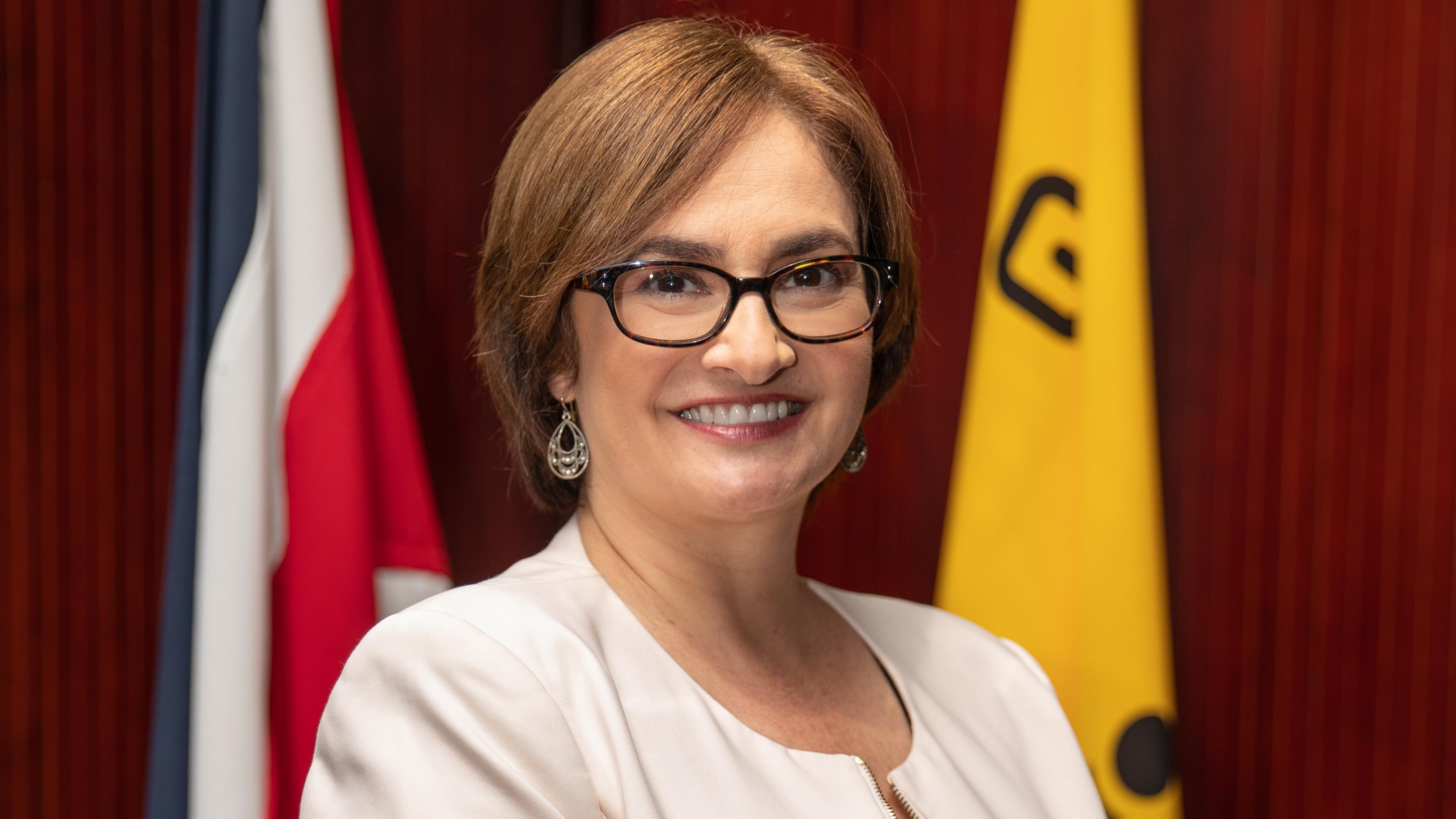Interview with Irene Cañas, President of ICE
The President of Instituto Costariccense de Electricidad (ICE), with lessons from the greenest grid in Latin America…

Costa Rica has a public debt crisis and some of the highest power costs in the region; is that the price of renewable energy?
Irene Cañas: Let’s be clear, ICE is an autonomous institution. We don’t depend on government finances and have to live with our own earnings. The national debt and fiscal situation are nothing to do with us. We have developed the country’s renewable power system. And it is true that the electricity tariff in Costa Rica is higher than in some neighbouring countries. However, we are working on to down prices.
A lot of the tariff burden today is caused by the cost of financing. Over the last few decades ICE decided to finance its biggest construction projects by using a debt fund structure that lent money for 12 to 15 years’. But these are power plants that have a useful lifespan of at least 40 years. By paying down the debt in such short time we are putting unnecessary pressure on consumers. So, now we are looking to refinance this debt and lengthen the duration. So, it’s not that the ICE model is not successful it’s just a question of how it is financed. With different financing mechanisms we will bring down tariffs. Costa Rica is part of the OECD and within a few years I would expect our power costs to be within the OECD average. Of course, there are other issues with the efficiency at some of our power plants and services. And we are working on that. Indeed, the fall in revenue during the pandemic has forced us to become more efficient and we have already taken steps to cut spending.
Renewable power plants need more space per MW produced than thermal power stations; how do you manage that impact?
IC: We are a country full of volcanoes, which gives us lots of geothermal energy, however, we also have vast national parks where it is difficult to build power plants. Lots of our geothermal power is found inside conservation areas so we have had to adhere to some of the strictest environmental rules in the world to get them built. We pioneered horizontal geothermal drilling, where we start outside the national park, then go vertically down for hundreds of metres, before drilling sideways and entering the park deep under the ground. That way it has zero impact on the flora and fauna. One of our geothermic plants is in Pailas, which is a Unesco World Heritage site. We have to report to Unesco every year and the scientists have found that the natural habitat has actually improved since we entered the area.
"A lot of the tariff burden today is caused by the cost of financing…"
Of course, some impact is inevitable, especially when you are constructing big hydroelectric plants. Yet Reventazón won the Blue Planet prize, which shows that during the entire construction period we respected sustainability. We created a jaguar pass, which protected certain areas of forest to ensure a land link across the dam. Jaguars hadn’t been seen in the region for many years because of human activity, but now they have returned to the natural conservation area that we created.
It’s down to clean power providers to design, build and operate projects in a way that minimises the impact. But these power plants have to be built if we want to transition to clean energy.
What will Costa Rica’s energy sector look like in 2030?
IC: By 2030 we will have seen important changes. Redistributed solar energy – ie small, off-grid solar units directly supplying residential or industrial users – will be more important. A fleet of EVs will also be an important player in the grid, releasing electricity back into the grid as needed. ICE will still have a significant role but not just as a provider of power but also in providing storage and network services. As we’ve seen in recent years, power generation and supply is becoming commoditised, which means ICE needs to use its expertise and infrastructure to offer other services.